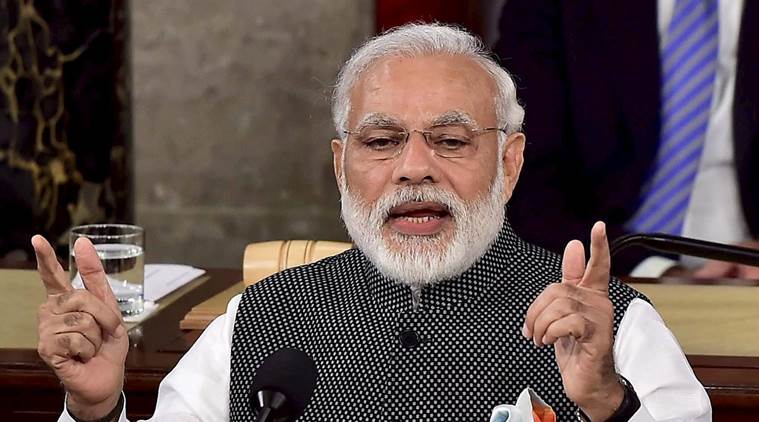The process for the resolution of Non-Performing Assets (NPA) may get faster as the banks are trying to get an Asset Reconstruction Company (ARC) on board to solve this problem. The ARC is expected primarily deal with Micro, Small and Medium Enterprises’ (MSMEs) NPA problem, for which there are no takers. An ARC is a company that purchases bad assets or NPAs from banks at a negotiable price and helps banks to clean up their balance sheets by removing the NPAs. The provision for setting up ARCs was brought in The Securitization and Reconstruction of Financial Assets and Enforcement of Security Interest (SARFAESI) Act, 2002. The SARFAESI and SICA (Sick Industrial Companies (Special Provisions) Act), 1985 were two acts that existed before Insolvency and Bankruptcy Code (IBC) for insolvency proceedings. While SICA was repealed in 2016 the SARFAESI still exists, providing a legal basis for Asset Reconstruction companies, although as per Section 238 of IBC law it can override existing laws like SARFAESI.
Acting Finance Minister Piyush Goyal had last week announced a committee under the chairmanship of Sunil Mehta, non-executive chairman of Punjab National Bank, to examine the idea of an ARC and/or asset management company (AMC) for faster resolution of stressed assets involving multiple state-owned lenders. The committee is to give its recommendations in two weeks. According to recommendations “The National Investment and Infrastructure Fund (NIIF) should be brought in as an investor to set up an asset reconstruction company (ARC) that will take over the stressed loans of state-run banks”. The NIIF is a kind of sovereign wealth fund of India, and one of its functions is to invest in the corpus created by AMCs for investing in private equity.
The creation of NIIF was announced in 2015 and it became operational in 2016, having a corpus of Rs 40,000 crore (6 billion). The government holds a 49% stake in NIIF and it is essentially a fund of funds. The NIIF was set up to raise debt to invest in the equity of infrastructure finance companies such as Indian Rail Finance Corporation (IRFC) and National Housing Bank (NHB), as well as enhancing infrastructure financing in the country. NIIF has a master fund and a permissible fund of funds below that, one of which could participate in the ARC and speed up the process of resolution of bad loans of MSMEs.
“The ARC can deal with small NPAs for which there are no takers because we have to resolve this Small and medium enterprise cannot be sold to foreign firms,” said a government official. The large bad loan resolutions are being solved under IBC law, and there are 50 cases which were referred by RBI to the IBC board. Among the 50 cases, 12 biggest bad debt company cases are being heard under priority, two of them being the Bhushan Steel and Electrosteel cases that have already been solved.
The large NPAs of public sector banks were the biggest problem the government was facing in this regard. The government had to recapitalize the public sector banks to give a boost to lending because they did not have the capital to lend loans to the industry. Their capital was turned into NPA by poorly performing companies and there was no solid mechanism through which this bad debt problem could be solved and the culprit companies could be punished. The Modi government brought IBC law which is proving highly effective in solving the NPA problem. Now to speed up the process for MSME NPAs, the government may allow an Asset Reconstruction company of NIIF to take over the loans stressed assets involving multiple state-owned lenders which will bring more money to public sector bank coffers. This will boost the lending by banks which will result in more activity in the market and therefore faster economic growth in the country.
